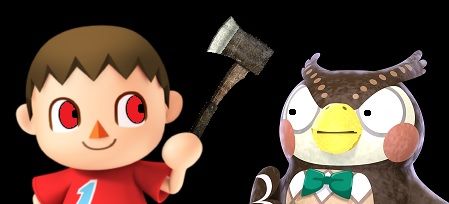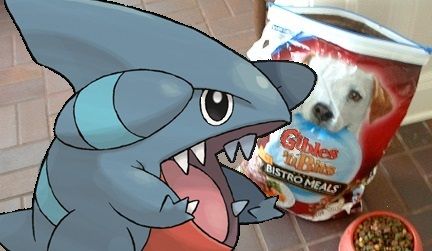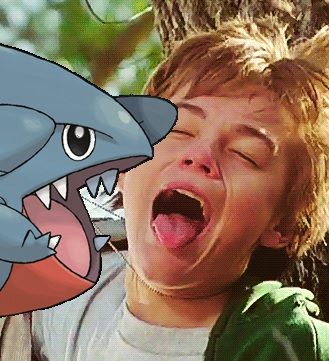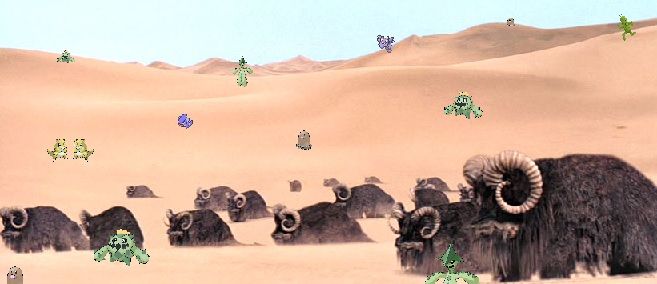I love a good beat'em up. The genre is believed by most to have started with Kung-Fu Master, an arcade game from Irem that made its way to the states through the NES thanks to the now-defunct company Data East. I really want to say this was also the first beat'em up I ever played, but the possibility behind that is rather slim. I do know that I began playing video games in 1988 or '89, but I can't pinpoint it any more than that. The first game I actually remember, meaning I disregard the Atari stuff my parents occasionally put me in front of back when I was too young to attend kindergarten, was the 3-in-1 cartridge from the Power Set bundle of the NES. Did my parents buy it for me soon after it hit the shelves, or did they wait a bit? That's what makes it hard to pinpoint. Since then, I clearly remember playing Double Dribble, Rad Racer, Simon's Quest, Bayou Billy, Zelda, Mike Tyson's Punch-Out, Super Mario Bros. 2, and, as a rental, Mega Man, which I can recall picking up for the first time at the local video store and telling Ian that it involved beating the game as one of six robots. This misconception was based upon the only screenshot shown on the back of the box. I was still too young to be able to read what it actually said around that picture.
 |
| Please, keep talking about your INTERESTING past! |
Fine. Moving on, the first brawler I experienced was more likely to have been Double Dragon II: The Revenge. You might be asking yourself, "The revenge of what?" The revenge of the nerds? The Sith? The Fallen?
 |
| Possibly all three? |
Disregarding the heroic-looking box art, the story of this sequel has to do with Marian being shot to death by the leader of the Black Warriors while Billy and Jimmy Lee hide behind a warehouse door. Rather than coming out to save her, the Lee brothers decide to seek retribution after her body is turned into Swiss cheese. It sounds a bit depressing at first, but since this is the NES version I'm talking about, the game ends on a much happier note: Once the shadow warrior is defeated, Marian is brought back to life with the help of Stan Bush's "The Touch" and everyone dances while the credits roll across the screen.
There are two major reasons for why a brawler is so appealing, and the first has to do with the type of hero it centers around. These games don't include something like Gauntlet, Zombies Ate My Neighbors, or Smash TV. Machines, magic, and projectiles are generally ignored (or at least a secondary means of force) by the raging protagonist as he (or she) goes plowing through countless enemies (and maybe a few allies) with little regard to personal well-being. Sometimes, you don't really want an intricate, detailed plot. Sometimes, you just want to sit down and play a game where your character handles things in a simple, ol' fashioned sort of way. They differ from fighting games, since the premise for one of those is usually more professional and lacks the chaos of a donnybrook. The person you are facing is just as ready as you are in a place that's suitable for battle. I don't want to waste time with putting on appropriate attire, drive to some place that endorses a blood sport, and look for a worthy challenger. I'm mad now! I just want to go out into the world and greet each smile with my fist, foot, or some blunt object lying around begging to be swung into the hearts and minds (and crotches) of every sad, sorry soul unfortunate enough to be out and about. For me, and probably many others, every opponent in one of these games represents a small piece of stress and my character is just the massage therapist I need to help knead away that frustration.
 |
| "I can see why you're so tense. We've got so many knots to work out!" |
The second reason revolves around the flimsy excuses provided to justify going apeshit in one of these games. The most common plot has to do with somebody kidnapping your lover, relative, or someone of political importance, and, for no specific reason, the law enforcement is too weak, too corrupt, or too incompetent to handle it. Then, there's other storylines such as getting revenge for killing your own wife and child while serving under Kevin Smith, retrieving a floppy disk while martial arts are at their most playable, thinning out China's population with the help of a Wu general who is sick of riding three-to-a-seat on his commuter bus, or beating up every ex-lover of the girl you want to date.
While there are popular games for the genre nowadays (mostly of the hack and slash variety), the genre itself is far from what it was in the late '80s. Oh, I remember those days at an actual arcade that included Teenage Mutant Ninja Turtles, both the first and the second (Turtles in Time) cabinets, The Simpsons Arcade Game, and the six-player coin-op X-Men, which greeted players with a warm and friendly "Welcome to die!" I also remember how little attention each one got once an establishment added Street Fighter II to its library. People crowded that thing to play and watch as most initially went with Blanka and Dhalsim, because they were the FREAKS! of the game. Once the people started playing seriously, however, they found that neither could be effectively abused like Ken and Ryu's endless Hadouken barrage.
 |
| Real players used Zangief! |
Still, all of these games found more play time in the early '90s than the Super Mario Bros. machine that was always found in the far corner of a game room. I could understand Tetris or Pac-Man, but SMB was packaged with the Nintendo Entertainment System. Just about everyone who loved video games back then had a copy of it lying around at home. Not just that, but the coin-op version was creepy as all get-out! Once, I saw a person knock one down after getting pushed into it during some silly dispute with another player. When the machine hit the floor, a yellow, somewhat viscous ooze spread out around the debris and a naked clone of Miyamoto was lying there in the middle of it, curled up in a fetal position with numerous wires and cables plugged into his body. All I could think of at that moment was, "Why isn't this guy wearing any pants?"
Most of the older beat'em ups have been ported at one point or another. I believe X-Men the arcade game, for example, was re-released to XBLA and PSN, and a bit later to the iTunes App Store, so I'm assuming it's safe to say that many people still retain fond memories of the genre, but if a younger gamer wanted to enjoy something closer to his age, I guess he could try Scott Pilgrim vs. The World, Dynasty Warriors (not the first one), or God of War. There are also plenty of free-to-play brawlers online made by talented, though not necessarily well-known, designers, but I don't explore too much into them, since I find more than enough to enjoy on Newgrounds, Adult Swim, and within my own collection.
Any recommendations regardless of age? Bad Dudes, Altered Beast, River City Ransom, Sonic Blast Man II, Double Dragon II, The Simpsons, Turtles in Time, Viewtiful Joe, and The Warriors, and anything with Mike Haggar (brawler or not).
I think that's it. I'm not certain why I bothered to type all of this. It reads like a half-assed Wikipedia entry. *Shrugs* Maybe I'll enjoy viewing it again some time in the future. For the rest of you, I apologize for wasting your time. Please, don't punch me in the face. I have a very small (practically non-existent) life bar.





















































